PC hardware is an ever-changing landscape full of ideas that manage to propel the industry forward. However, there are times when great ideas can quickly wither away into obscurity. And there are plenty of examples of PC hardware fads that came and went, to the point where it’s easy to forget that a particular bit of tech came out at all.
And sometimes it’s fun to take a look back through the trends of tech and see what didn’t work out. We can reminisce about some bits of PC hardware that were nothing more than popular fads. Now fads aren’t necessarily a bad thing, since you never know what’s going to stick the landing. But we can all think back to a purchase that, in hindsight, was a bad decision. So let’s take a walk through memory lane and take a look at some of the biggest fads in PC hardware history.
Imagine having multiple graphics cards
Right off the bat, we’re getting into the weeds of PC hardware. Nvidia’s SLI (Scalable Link Interface) first appeared in 2004 and allowed the user to hook up multiple graphics cards to the same PC. Using SLI, you could have two, three, or even four graphics cards in your rig working at once. It seems crazy to think about owning just one RTX 3080 Ti right now, let alone multiple, even as the supply situation steadily improves. Unfortunately, Nvidia phased out SLI with the RTX 20 Series cards, so that dream won’t become a reality.
In an SLI setup, each graphics card renders a different part of the screen. For a 2-way SLI system, one card would render the top horizontal half of the screen, while the other would render the bottom half. This method is known as split frame rendering, and there’s also alternate frame rendering where each GPU would handle its own set of frames in a sequence. This gave each graphics card a much easier job to do. Setting this up could be extremely expensive though, especially if you wanted to use the best cards on the market. Even then, not all games supported SLI, so you may have been stuck using just one graphics card anyway. SLI was a neat idea in concept and did produce some cool results, but realistically wasn’t viable.
3D displays with headaches as an added bonus
The best way to read through this section is via a 3D monitor. Then and only then can you appreciate the pointlessness that was stereoscopic 3D. This is also perhaps the most egregious fad in PC hardware history since 3D displays weren’t cheap. 3D gaming as a whole has been dead in the water for some time now. In fact, the last mainstream appearance for this tech was in 2018’s Shadow of the Tomb Raider.
The true nail in the coffin for stereoscopic 3D was simply that no one used it. Nvidia did try and make the technology a little more official with its 3D Vision tech, but that didn’t amount to much either. Even Nintendo thought it was a good idea when it made the 3DS. But I don’t know of a single person that actually used the 3D slider on that system, which kind of proves how pointless it all is. Simply put, 3D is as gimmicky as it gets, and it’s not a thing that most gamers actually used or wanted. It was extremely short-lived too, first becoming popular in gaming around 2009, and then sputtering out by 2013.
The Steam Machine, AKA Valve’s failed console
Valve still dominates the PC games distribution scene, but hardware has always been a bit of a blind spot for the company. Of course, these days we’ve the Steam Deck, which is a seriously impressive bit of hardware. However, Valve’s clearly wanted a spot in the realm of hardware for some time, and it made some major mistakes along the way. The Steam Machine is one of its biggest failures.
Steam Machines were essentially just pre-built gaming PCs that ran Steam OS. It’s a Linux-based operating system, similar to what’s in use on the Steam Deck today. This operating system is designed around making PC gaming as straightforward and “console-like” as possible. And this becomes a problem for a gaming PC that doesn’t function much like a computer. The Steam Machine was a gaming PC marketed towards people that already had gaming PCs. And it wasn’t enough to bring console gamers over to the platform. It simply didn’t make sense at the time and is still a puzzling idea to this day. However, it did pave the way for the Steam Deck, which is essentially the same thing but in a handheld format and with more support from other developers.
The Steam Controller, Valve’s second flop
The Steam Machine flopped hard, but it isn’t as sad as the sudden end of the Steam Controller. If you just take a look at this thing, you can tell why it might not have sold so well. Instead of making a more conventional controller, Valve decided to try something more unique. The inclusion of two massive touchpads and the strange positioning of buttons didn’t leave an amazing first impression.
To be fair to the Steam Controller, the touchpads are well-designed. As you move your thumb over the touchpad, small vibrations offer tactile feedback. This is also a feature of the Steam Deck’s touchpads. Ultimately, The biggest tragedy of the Steam Controller is that it was actually well-designed.
People often think back on the controller fondly for its uniqueness and for how well suited it was in some PC titles. But that didn’t stop the controller from underselling to the point that Valve discontinued production in 2019, only four years after its launch in 2015. However, to Valve’s credit, the controller is still supported to this day.
Mouse DPI doesn’t really matter
This PC hardware fad might be a bit controversial to some, especially to those who are in the competitive gaming scene. But the honest truth is that the DPI (dots-per-inch) of a gaming mouse don’t matter that much. DPI basically just dictates how sensitive a mouse is on a hardware level. The higher the DPI, the more the mouse cursor will move on the screen. Very high DPI settings can make your cursor dart all over the screen with the slightest movement, while keeping it at a lower setting will slow things down. There’s a lot more nuance beyond that, but those are the basics.
DPI does have a genuine purpose, and it’s important to dial it in correctly. But it’s entirely based on personal feel, and no one can tell you what the right amount of DPI is. The real fad here is the marketing for gaming mice advertised with DPI numbering in the tens of thousands. This is entirely marketing nonsense, as no one is realistically going to use these settings.
In fact, check out the DPI and sensitivity settings of some of the top esports players. Each of them has slightly different settings, but you’ll rarely see their DPI over 4,000, and even that is on the high end. The bottom line is that DPI does have a purpose, but it’s not as important as some would lead you to believe.
Tempered glass looks cool, but it isn’t
This next fad isn’t trying to call out anyone’s aesthetic preferences. Tempered glass panels on the fronts of desktop cases do make a certain amount of sense. After all, PC components look cool, and it makes sense that owners will want to see their flashy components. Especially if you have RGB lighting and the inside of your case looks like an out-of-season Christmas tree. We all love that sort of thing deep down, but it can actually be a pretty bad idea in the long run. But not how you might think.
It all stems from air flow, and one of the most important things you can do for your PC is keep it cool. Many cases are designed to have plenty of vents, gaps, and spaces for air to come and go. The problem with glass is that air can’t get through it, so bad design placement can result in a massive wall on the front of your PC that stops enough cool air from getting in.
Companies allegedly do this for design choices, not to mention that glass front panels can further dampen operational noise of the PC. Some companies are finally getting past this bad trend though. You can find cases with tempered glass front panels that mitigate airflow restriction with clever intake designs. Corsair’s iCue 5000X we reviewed is actually a good example of a case that uses tempered glass correctly.
However, you can still find plenty of cases with tempered glass front panels that end up making cooling a nightmare. Tempered glass may look cool, but at the end of the day, it often favors style over function. Considering the high costs, power consumption, and resulting heat output of modern graphics cards, choosing a case with restrictive airflow is not a mistake someone wants to make.
Sorry to say, but streaming PCs are a fad too
These days, PCs geared entirely towards hosting a stream are sort of overkill. Back in the days of quad-core CPUs, a streaming PC made plenty of sense. After all, PCs back then couldn’t quite manage to drive a game on high settings with decent frame rates, while also encoding that feed in a program like OBS. It was too much for CPUs to handle, and this is where a streaming PC would come in to lighten the load.
Some streamers still use streaming PCs for their setups, and there’s no real problem with that. But these days, it’s not really necessary with modern CPUs. 12th gen Intel CPUs and Ryzen 5000 processors are more than capable of handling a game and video encoding at the same time. Sure, if you wanted to play games and stream at a 4K resolution with high frame rates, a streaming PC could help take off some of the weight. But it isn’t really worth it at this point, especially since Twitch has a bit rate cap of 6,000kb/s, which is only enough for a 1080p broadcast. Streaming PCs just aren’t really necessary in most cases these days, and are too expensive to justify getting.
Gone and forgotten
It’s easy to forget about some of PC hardware’s biggest fads. And while there were certainly some that were worse than others, these all eventually led to better products in the end. The nature of PC hardware is that companies constantly need to iterate on ideas, and this sometimes translates to good products. On the other hand, it can lead to tech that doesn’t stick the landing for more than a very short period of time.
At the end of the day, it’s important to remember the trends and fads of the past. Companies need to remember as well, so the same mistakes are not repeated. And consumers get to laugh at some of the horrible purchases they made in the past. Because let’s be honest, we’ve all been there.

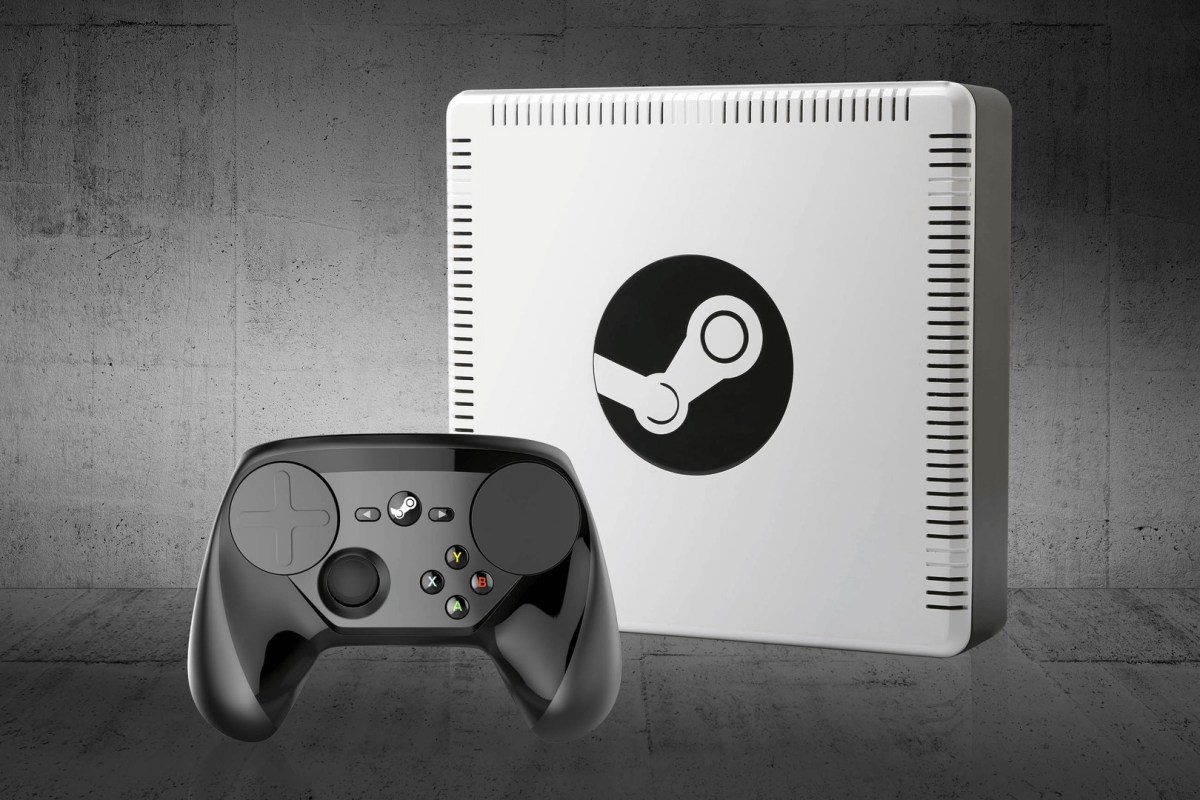
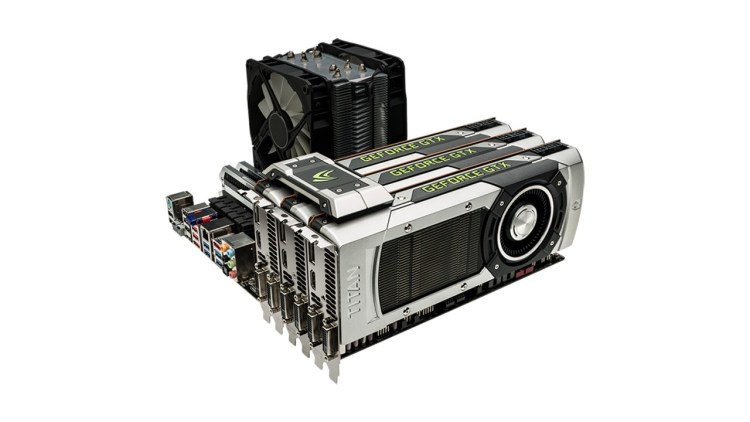
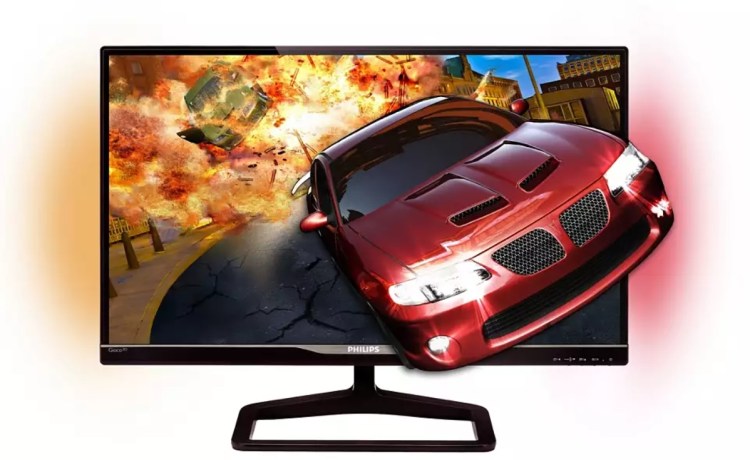
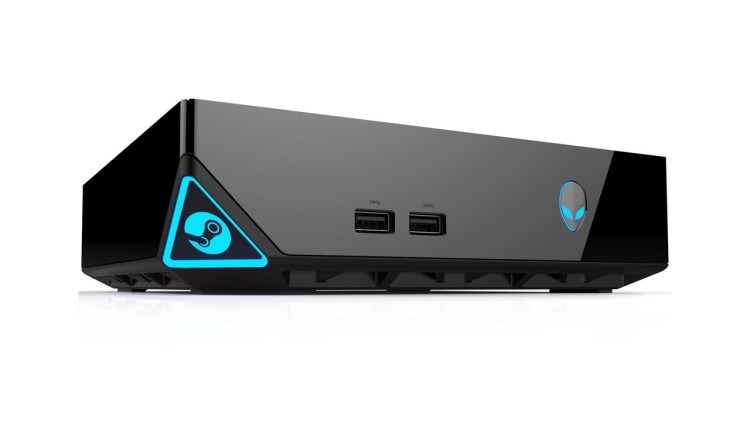
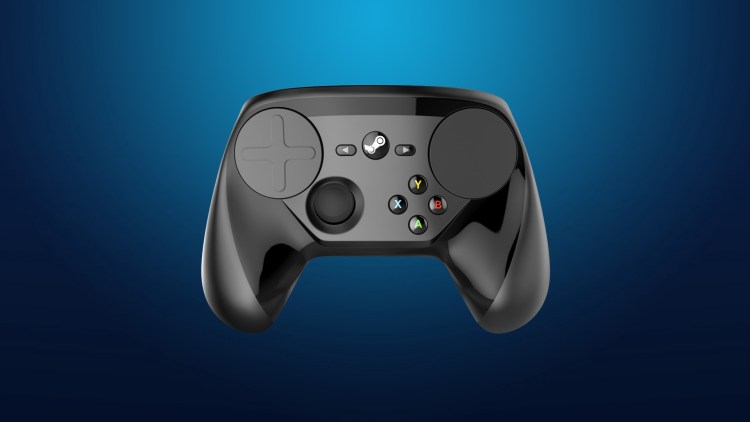

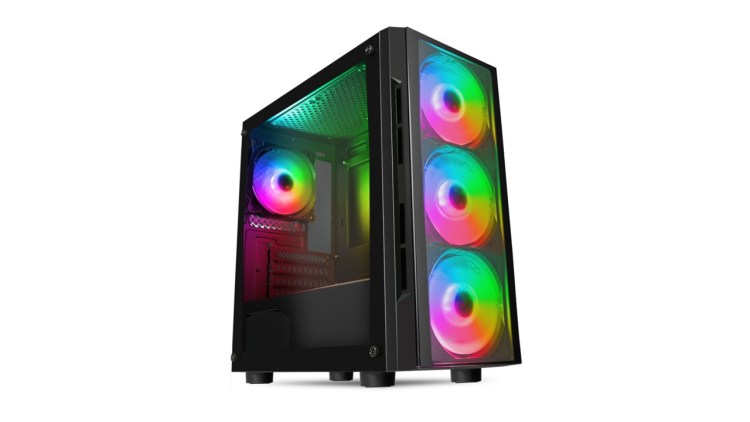
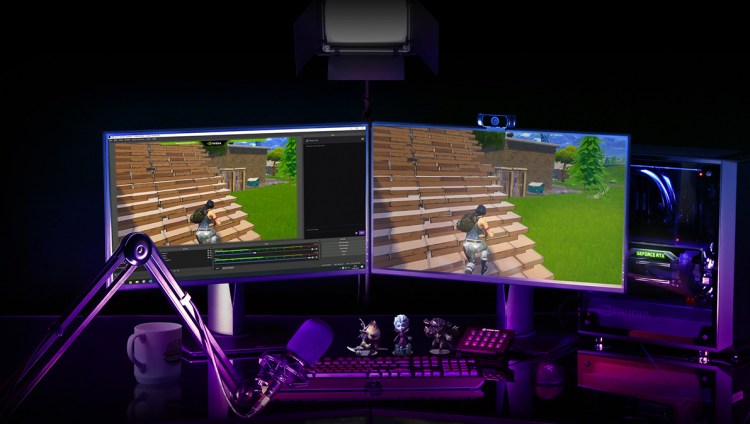





Published: Apr 8, 2022 02:00 pm